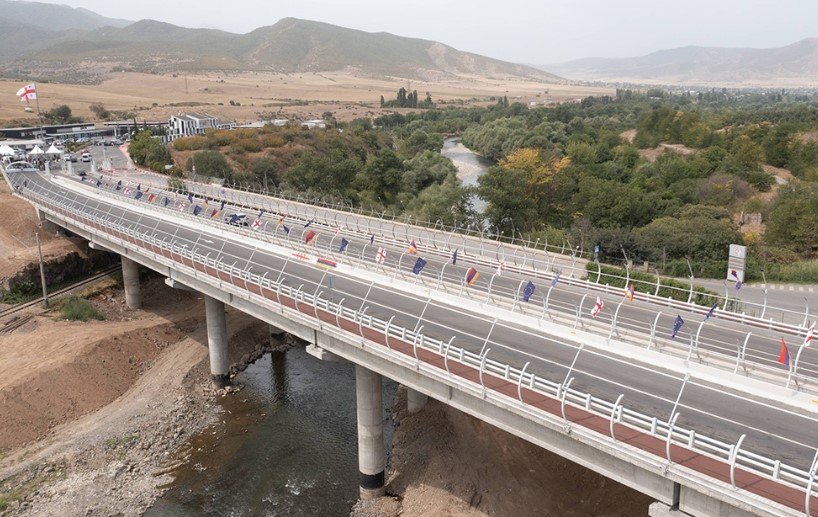In the first two months of 2024, the trade turnover between Armenia and Georgia saw a significant decrease, amounting to a reduction of 103.2 million USD compared to the same period in the previous year. This downturn reflects a broader trend of economic challenges faced by the two nations, amidst a landscape of shifting regional dynamics and global market pressures.
The Numbers Speak
The statistics provided by GEOSTAT reveal a stark reality: the trade turnover between the two countries stood at 100.623 million USD, a sharp fall from the previous year’s figures. Georgian exports to Armenia plummeted from 133.082 million USD to 78.795 million USD, indicating a substantial contraction in trade activities.

This decline is further accentuated by the decrease in imports from Armenia to Georgia, which dropped by almost 50 million USD. These numbers are not just digits on a balance sheet; they represent the livelihoods of traders, businesses, and communities that rely on the free flow of goods and services across borders.
Unpacking the Causes
Several factors contribute to this economic slump. The global economic climate has been less than favorable, with many countries experiencing similar downturns. Additionally, internal economic policies and regional political tensions can create trade barriers, both tangible and intangible, that hinder the exchange of goods.
Moreover, the infrastructural challenges and logistical bottlenecks at border crossings can lead to delays and increased costs, further discouraging trade. It is crucial for both Armenia and Georgia to address these issues collaboratively to facilitate smoother trade relations.
Looking Ahead
Despite the current challenges, there is room for optimism. Both nations have expressed a commitment to improving trade relations and have begun discussions on various bilateral agreements that could pave the way for a more prosperous future.
Investments in infrastructure, particularly in transport and logistics, could alleviate some of the current barriers to trade. Additionally, exploring new markets and diversifying trade products could help both countries become more resilient to economic fluctuations.
